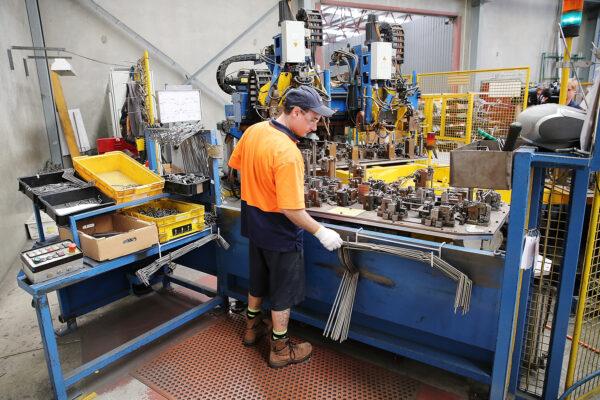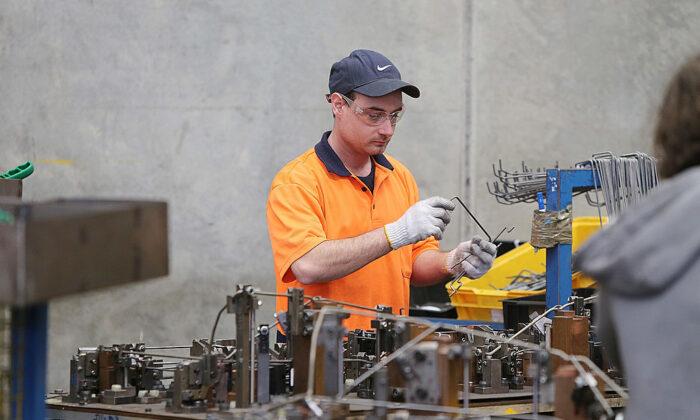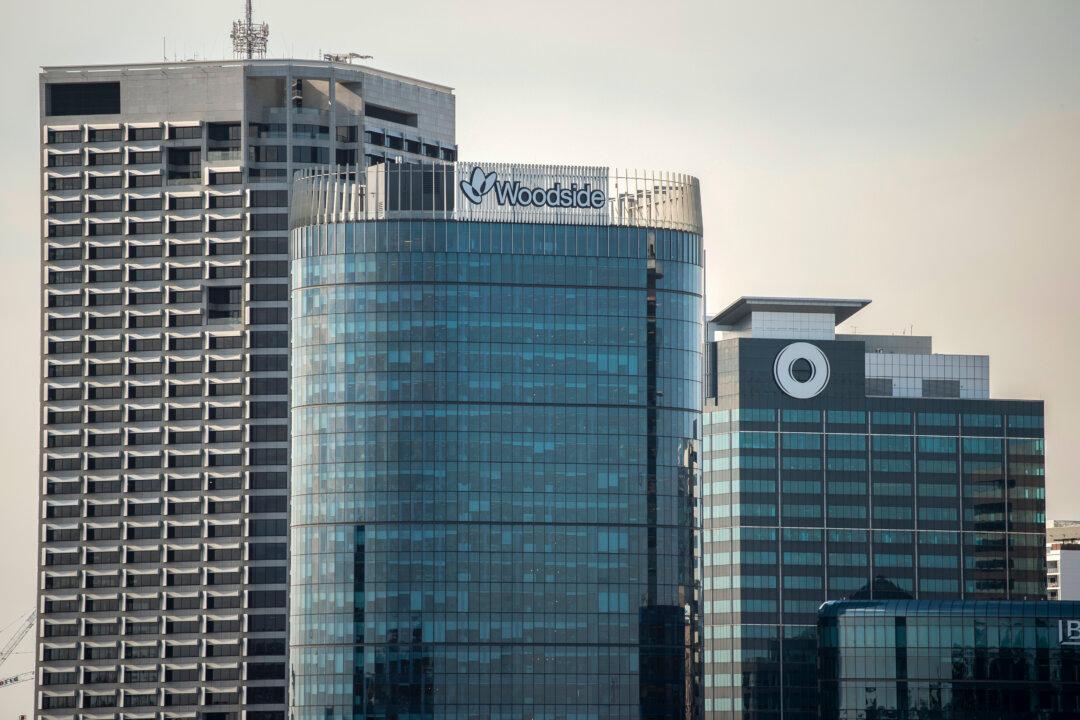A new survey has indicated that Australian manufacturers are in the most turbulent period in 50 years due to supply chain problems and inflating costs. However, they also benefit from strong demand for commodities.
“(But) the economy is bumping up against capacity constraints in a tight labour market,” Westpac senior economist Andrew Hanlan told reporters in Canberra.
“The economy needs to lift investment to be able to boost capacity and provide a lift to productivity to drive a sustained recovery.”
The actual composite index, which measures business conditions, climbed to 64.5 in the June quarter from 56.7 in the three months to March and around 51 in the second half of 2021.
A score above 50 means an expansion in industry activity.
In addition, the survey’s expected composite index rose by 5.8 to 67.5 during the period. This indicated that manufacturers expected new orders and output to improve at a healthy pace in the next three months.
However, the survey implied that significant price rises were coming, and consumers should be prepared for that.
ACCI chief executive Andrew McKellar said ballooning costs, rising prices, and inflation were plaguing the Australian economy.
Wages Pressure and Labour Shortages

The chief executive also noted that upward pressure on wages had emerged, and it was getting more difficult to recruit labour in the June Quarter.
“This is at its most challenging level in nearly 50 years,” McKellar said.
As Australian inflation was expected to reach seven percent by the end of 2022 and the global economy slowed down, McKellar said businesses needed to urgently tackle labour and material issues to maintain the industry’s recovery.
Meanwhile, Australian consumer confidence experienced a slight improvement in the week commencing June 13 as a result of the latest employment data. However, the overall sentiment was still pessimistic as rising inflation and interest rates were on the horizon.
“News about the strength of the labour market may have boosted sentiment, but it remains deeply pessimistic,” ANZ head of Australian economics David Plank said.
Nevertheless, household inflation expectations rose 0.3 percentage points to 5.9 percent due to petrol price increases during the week.





